Are Lithops Hard to Grow?
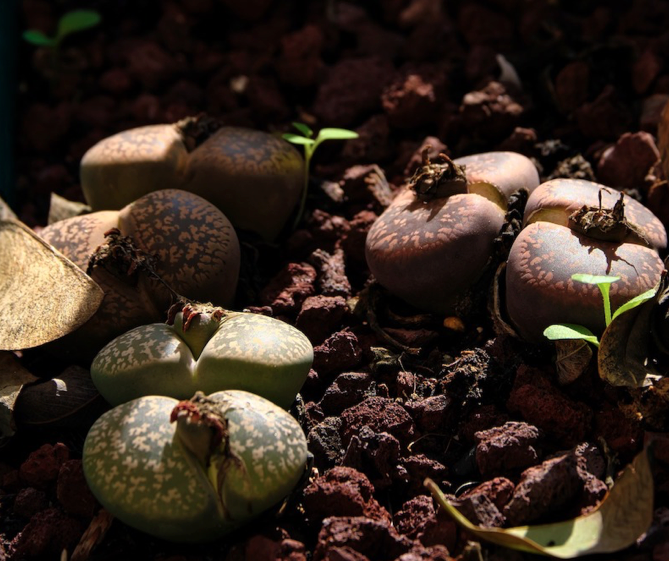
If you are looking for something small, but fascinating to grow, then Lithops are a plant that meets that criteria!
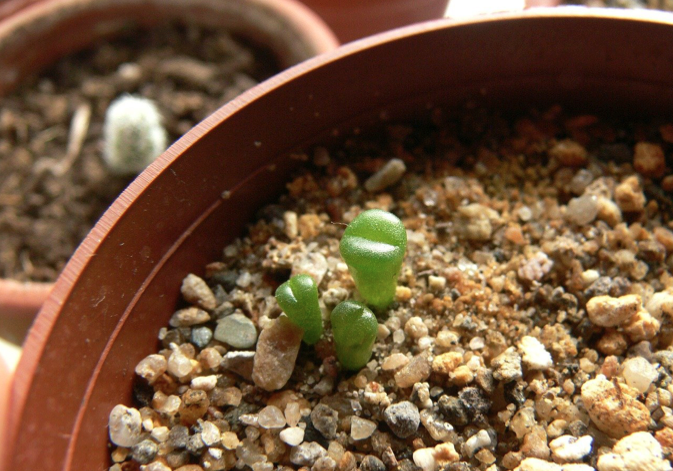 Photos By: Stock Images
Photos By: Stock Images
From Southern Africa, these can be grown indoors and were originally discovered by westerners by William John Burchell who was on a botanical expedition to the continent in 1811. When was traveling through the Northern Cape Province, he came across strange brown-colored stones that had fissure over their tops. When he got up close to the stones, however, he found that they were actually succulent plants. They look very attractive and are certainly different from the usual run-of-the-mill indoor plants you find. In addition to looking great, to answer the question posed in the title, generally, Lithops are easy enough to grow and are not likely to pose too much of a challenge, even if you consider yourself to be a beginner gardener. Having said that, there are some great pieces of information that we are going to highlight in this post that will make it even easier for you.
Key Information About Lithops
In addition to the Lithops name and the various Afrikaans words that refer to that, you may also come across them being called flowering stones, mimicry plants, and pebble plants. They are small and rarely grow much higher than 1-inch about the surface of the soil and often only has two leaves. The leaves look like the cleft of the foot of an animal or like grayish green brown stones gathered together. There is no stem and the biggest percentage of them are underground. Its structure and design have helped to confuse animals and conserve moisture.
Lithops can grow in various areas of nutrients and limited water. As most of the body of the plant lies below the surface and doesn’t have much in the way of foliar space for collecting up the sun’s energy. Therefore, the plant uses windowpanes to collect solar energy on the leaf surface. The transparent areas of the plant are full of calcium oxalate, which offers a reflective fact which increases the amount of light that penetrates into the plants.

Tips for Growing Lithops
It is best to grow Lithops in pots unless you live in a particularly hot area. For the pots, you need to use either potting soil or a good cactus mix incorporated into some sand. Add the potting filler to the pot dry and then add water and place the pot in a bright area. For the best volume of light, you need to put the plant at a southern-facing window. You can propagate either by seed or division, though plants that are grown from seed take several months to become established and then years until they can resemble the actual plants. Both are available either online or at nurseries specializing in succulents.
Caring for Lithops
As we’ve noted, caring for Lithops is a relatively easy process. You need to keep in mind and note the kind of climate the particular plant you are growing originates from. Why? You need to do your best to mimic those conditions to have the best chance of success. You also need to be careful not to overwater living stones. They do not need any watering during their dormant season, from fall through to spring. Although they are pretty and attractive in their own right, the flowers are very aesthetically-pleasing, and if you want to encourage them by adding diluted cactus fertilizers during springtime when you begin watering them again.
There are not too many pest issues you need to be aware of with regards to Lithops, but they can suffer from some fungal diseases, moisture gnats, and scales. Look out for discoloration and assess your plants in case they need immediate treatment.


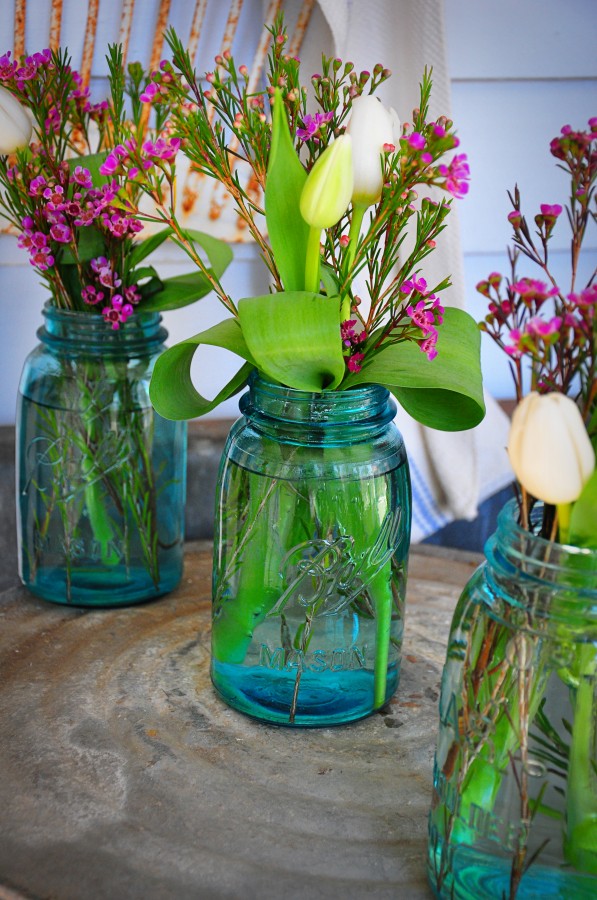
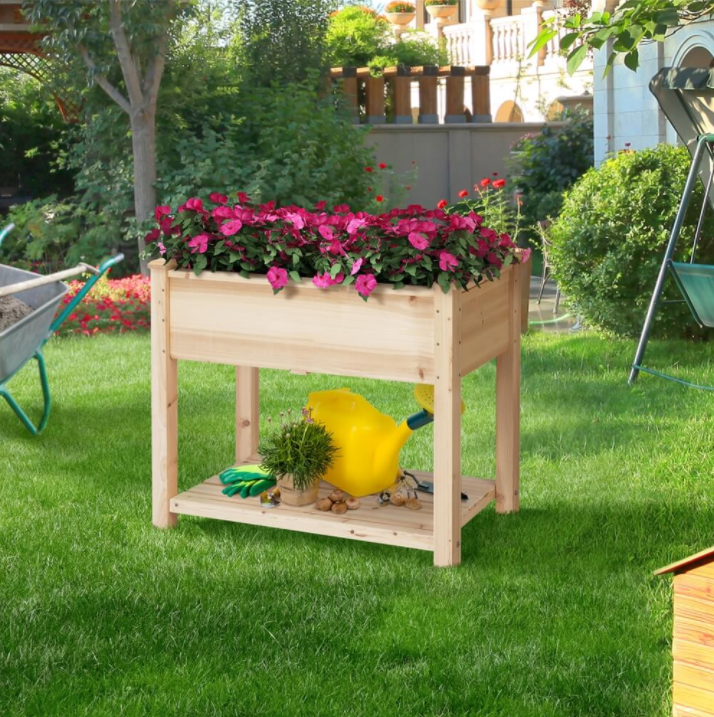
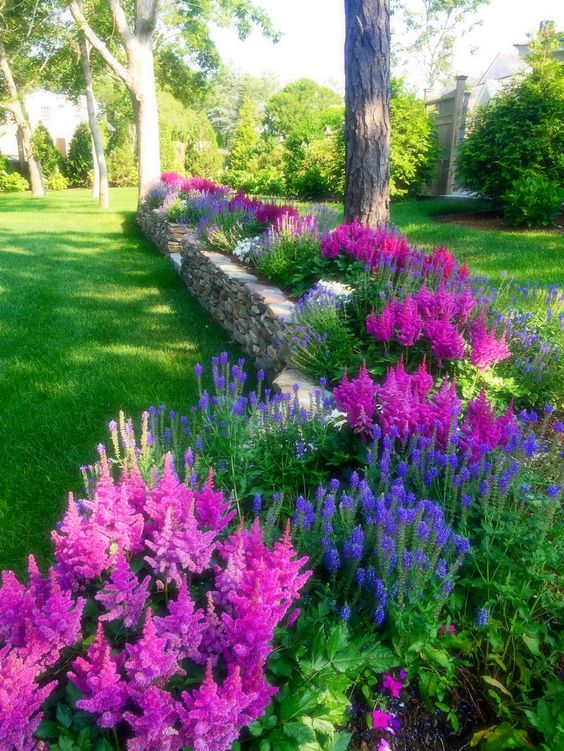


Leave a Comment